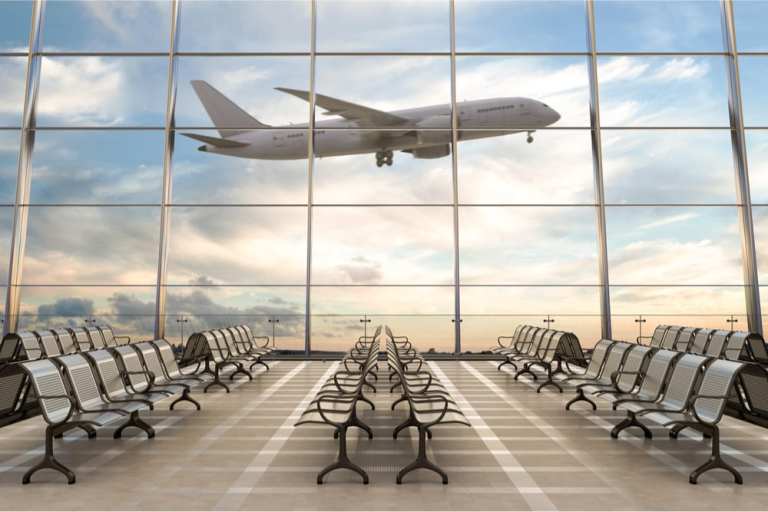Air Travel Soared Over July 4, But Sector Still Grounded Compared to Last Year

The number of passengers who went through U.S. airports at the start of July nearly doubled from a month ago, federal data shows.
A total of 3.3 million travelers passed through Transportation Security Administration (TSA) checkpoints in the first five days of July, a more than 90 percent jump from the same period last month and more than five times the number logged during the first five days of April, according to the TSA.
While those numbers might sound impressive, the same five days in July 2019 saw nearly 12 million passengers. That represents a 72 percent dive.
The data underscores the airline sector’s struggle to attract travelers amid the coronavirus pandemic this summer, usually the peak travel period, CNBC reported.
Last month, U.S. airlines planned to boost flight schedules to prepare for the summer after customer demand increased. But returning to 2019 travel numbers will take years, an airline executive told National Public Radio.
Vasu Raja, senior vice president of network strategy for American Airlines, told NPR the decision to add more flights in July was driven by pent-up demand, reopening of states and positive customer feedback.
Flying is a little different from a year ago. Airlines require travelers to wear masks during their flights and have said they will ban customers who refuse to comply, CNBC reported. And the TSA has made a number of changes to its protocol.
Passenger demand at Gatwick, London’s second largest airport, could remain depressed until 2024 as the travel sector continues to deal with the fallout of the pandemic. The prediction came as Virgin Atlantic announced it will be ending its services at Gatwick Airport, and British Airways is considering doing the same, placing even more of a burden on the airport.
“We are very hopeful that British Airways will continue flying,” said Stewart Wingate, CEO of Gatwick.
The question is: What will it take to get people back into airplanes?
Boeing and Airbus, the world’s two largest airline manufacturers, are working jointly to research what airlines’ new standard operating procedures ought to be to prevent COVID-19. The goal is to support an industry wide push to curb the risks of airline travel and help consumers feel safe enough to take off once again.
The collaboration between medical experts, engineers and academics is intended to design measures to prevent disease transmission on airplanes.
“We’re taking steps to better understand any potential risks,” a Boeing spokesman told WSJ.